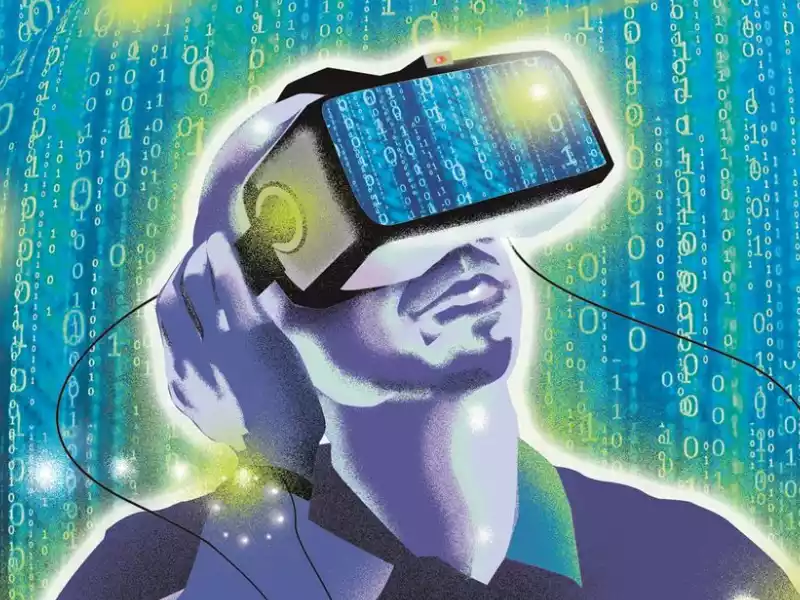
Virtual Reality: A New Frontier in Art Exploration
In the ever-evolving landscape of technology, one innovation has captured the imagination of artists, art enthusiasts, and tech-savvy individuals alike – Virtual Reality (VR). This groundbreaking technology, which allows users to experience and interact with a simulated environment, has opened up a new frontier in art exploration. This article aims to provide a comprehensive yet accessible introduction to Virtual Reality art, explaining its concept, history, and impact on the art world.
Thank you for visiting Art Institutes, don't forget to subscribe to the Art Institutes Newsletter!
Understanding Virtual Reality (VR)
Virtual Reality is a simulated experience that can be similar to or completely different from the real world. It immerses users in a computer-generated environment, allowing them to interact with objects or perform actions as if they were present in the real world. This immersion is achieved through a headset that tracks the user’s movements and displays the simulated environment in 3D, along with sound and other sensory inputs.
The Birth of Virtual Reality Art
The roots of VR art can be traced back to the 1960s, with the advent of computer graphics and the development of the first VR systems. However, it wasn’t until the 1990s that VR art gained significant attention, thanks to advancements in technology and the release of the first consumer VR headsets.
Art8 "Webinars for Creatives" https://art8.net
Early VR artworks were primarily experimental, with artists exploring the possibilities of this new medium. They created immersive installations, interactive sculptures, and digital paintings that could be viewed and interacted with in a virtual space.
The Impact of Virtual Reality on Art Exploration
Virtual Reality has revolutionized the way artists create and present their work. It offers unprecedented freedom and flexibility, allowing artists to create immersive, interactive, and dynamic artworks that transcend the limitations of traditional media.
1. Immersion: VR allows artists to create immersive environments that envelop the viewer, creating a sense of presence within the artwork. This immersion can evoke powerful emotional responses, making the art more engaging and impactful.
2. Interactivity: VR artworks can be interactive, allowing viewers to interact with the artwork and influence its outcome. This interactivity fosters a deeper connection between the viewer and the artwork, creating a more personal and meaningful experience.
3. Dynamic Art: VR artworks can be dynamic, changing in response to the viewer’s actions or environmental factors. This dynamism adds a layer of complexity and unpredictability to the artwork, making it more engaging and thought-provoking.
4. Accessibility: VR art can be accessed from anywhere in the world, breaking down geographical barriers and making art more accessible to a global audience.
Examples of Virtual Reality Art
1. “The Enemy” by Marshmallow Laser Feast: This VR artwork takes viewers on a journey through the human body, exploring the microscopic world of cells and bacteria.
2. “The Blu” by Jaunt VR: This underwater VR experience allows viewers to swim with whales and other marine life, offering a unique perspective on our planet’s oceans.
3. “Notes on Blindness VR” by Arnaud Colinart and Aoife McArdle: Based on the memoirs of John Hull, a man who became blind, this VR artwork immerses viewers in his sensory world, offering a profound exploration of perception and identity.
The Realm of Digital Creativity
Virtual Reality is a powerful tool for artists, offering new possibilities for creativity and expression. By immersing viewers in simulated environments, VR art can evoke powerful emotions, foster interaction, and challenge perceptions. As technology continues to advance, we can expect to see even more innovative and thought-provoking VR artworks that push the boundaries of what is possible in the realm of digital creativity.


